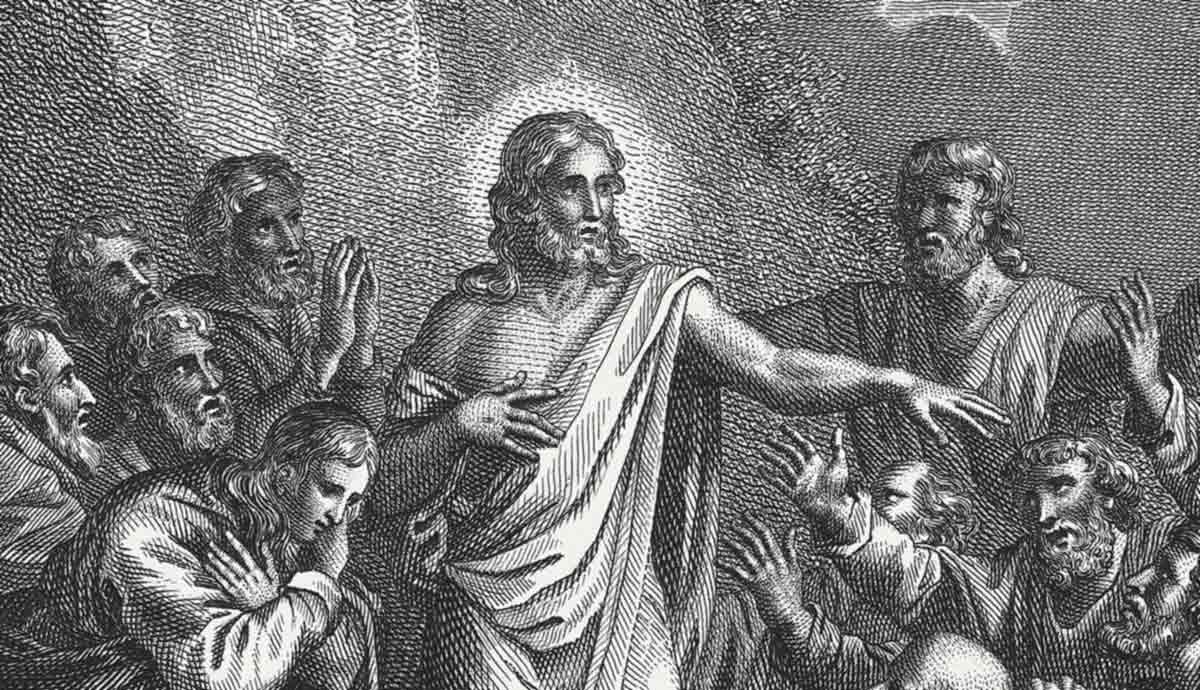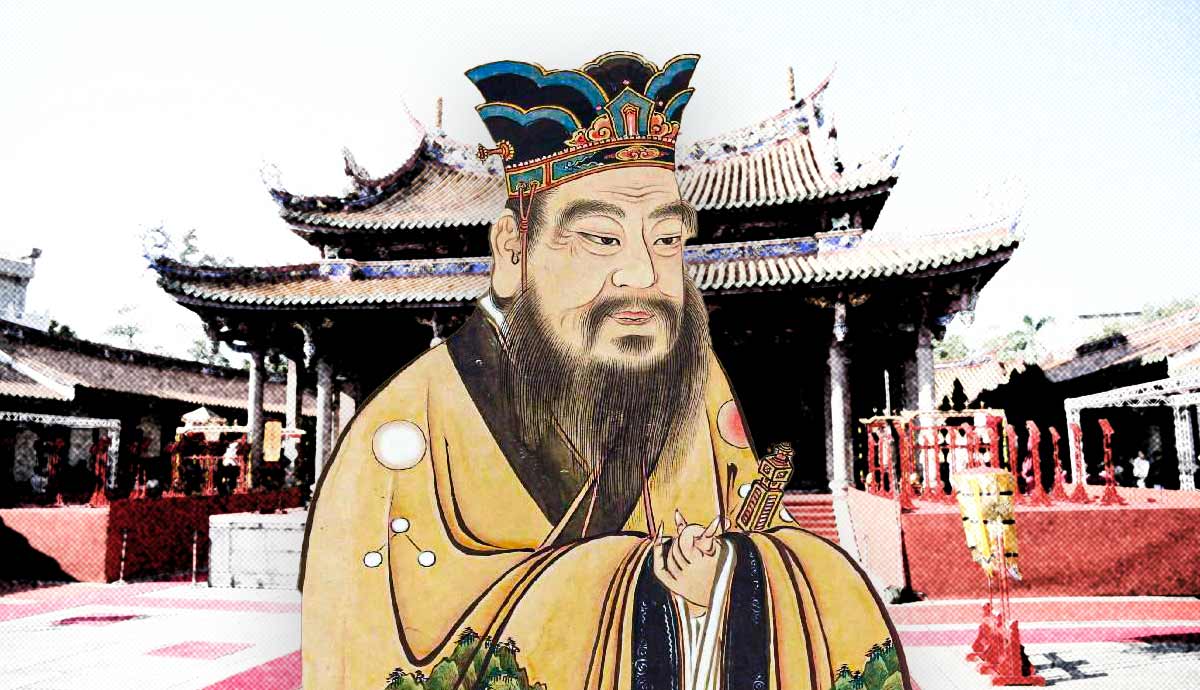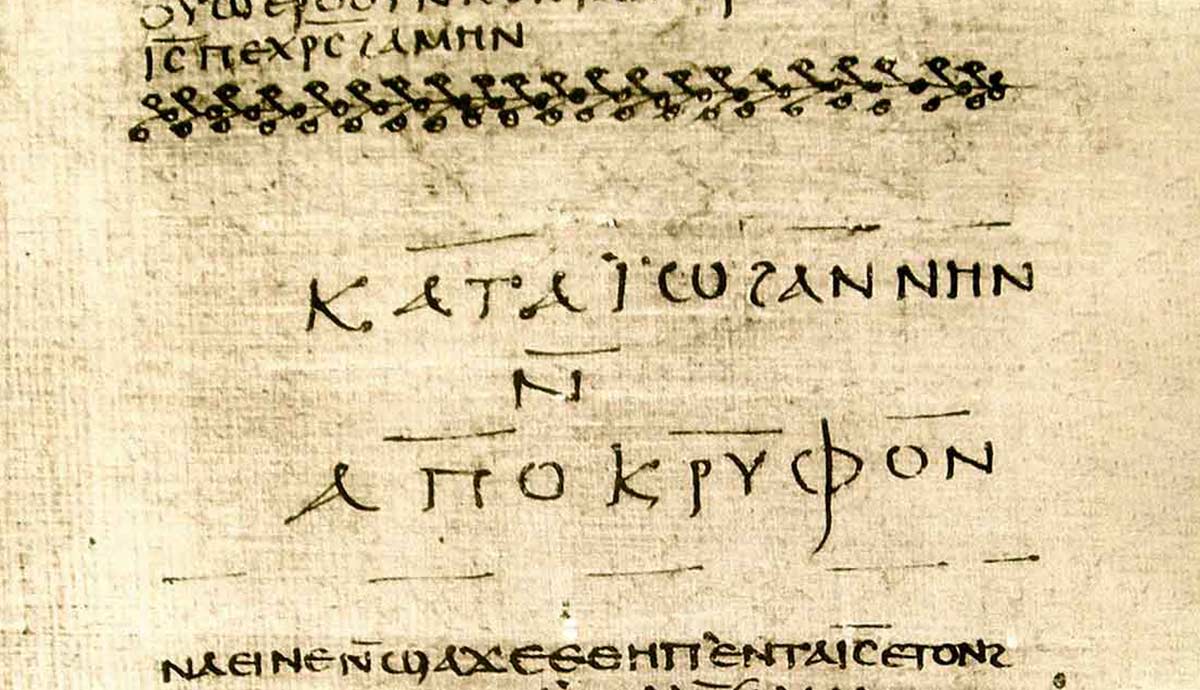
Pontius Pilate remains a pivotal figure in Christian history due to his role in the trial and crucifixion of Jesus Christ. Pontius Pilate served as a Roman prefect (governor) of Judea during the reign of emperor Tiberius, between 26 and 36 CE. It was during this time that Pilate made a fateful decision, sentencing one Jewish rebel to death, and in the process, inadvertently helping to create a major world religion — Christianity.
Pontius Pilate’s Life Before Jesus

History says little of Pontius Pilate before he served as the Roman prefect of Judea, between 26 and 36 CE. He was probably of a noble origin, as the highest-ranking civilian officials of the early Roman Empire came from the senatorial or equestrian ranks. The little info we have does not portray Pilate in a positive light. According to the Jewish philosopher Philo of Alexandria, Pontius Pilate was a corrupted man, known for briberies, executions without a trial, and cruelty.

We should be aware of Philo’s bias toward those who did not respect Jewish customs. And Pontius Pilate, as the emperor’s representative often found himself at odds with Jewish law. Josephus Flavius, another prominent Jewish historian, chronicled a notable incident where Pilate’s decision to allow Roman soldiers to bring standards bearing the emperor’s image into Jerusalem sparked outrage among the locals. Pilate was probably promoting the imperial cult, which venerated the emperor as a divine figure — a practice initiated by Emperor Augustus. This was deeply offensive to the Jewish people, who were strictly monotheistic and rejected the deification of human leaders. The governor eventually relented, but the friction would remain.
Pontius Pilate Clashed with the Jews in Jerusalem

Josephus Flavius, writing half a century after Pontius Pilate condemned Jesus Christ to death provides a valuable historical perspective on this enigmatic Roman official. According to Josephus, Pilate financed the construction of an aqueduct to bring water into Jerusalem using funds from the Temple treasury, which incited public protest. This time, however, the governor did not relent to the protesters’ demands. Instead, Pilate dispatched plain-clothed soldiers to infiltrate the crowd. On his signal, the soldiers used clubs hidden in their garments, assaulted the crowd, and beat many of the protesters to death.

Josephus also left a record of Pilate’s infamous role in the execution of Jesus. Unfortunately, we lack the original account, and most scholars have discredited its current form. However, even in this altered shape, Josephus’ account paints a picture of a Roman governor who had to keep peace in one of the most volatile provinces of the Roman Empire. Apparently, Pontius Pilate did his job well, as he kept the post for ten years. A remarkably long period, considering the challenges of governing a region known for frequent tensions and uprisings.
Pontius Pilate’s in the Gospels

Considering Pontius Pilate’s actions in his role as prefect and procurator of Judea, it is interesting to see how leniently the Gospels portray this ruthless Roman governor. The story of Jesus’ last days — a cornerstone of Christian religion — is well known. Accused of false messianic claims and seen as a threat due to his teachings, Jesus was arrested by the Jewish priestly council, the Sanhedrin, during the Passover festival. They dragged Jesus before Pontius Pilate, to be tried for blasphemy — for claiming to be King of the Jews.

This was a serious accusation, as the only authority in Judea at the time was the Roman emperor and his representative, prefect and procurator. However, the Gospels portray Pontius Pilate as a vacillating judge instead of a ruthless official. According to the Gospel of Mark, Pilate attempted to defend Jesus but was forced to yield to the mob’s demands. The Gospel of Matthew adds the dramatic scene where Pilate washed his hands in front of the crowd and declared himself innocent of Jesus’ blood in an attempt to absolve himself of responsibility for Jesus’ fate. The crowd’s response “His blood be on us and our children,” as recorded in the Gospel of Matthew, has had a profound and tragic impact on history. This line has been misused to justify anti-Semitic attitudes and actions in the following centuries.
Pontius Pilate in Christian Propaganda

However, there is a reason for such a discrepancy between the Roman sources and the Gospels. The Gospel of Mark, the earliest of the four Gospels, was written amid the failed Jewish Revolt against the Romans between 66 and 70 CE. During this turbulent period, the young Christian sect split from Judaism and was seeking to attract new Roman converts. The destruction of Jerusalem by the Romans could have been seen by early Christians as a fulfillment of Jesus’ prophecies about the temple’s destruction and, thus, as a vindication of Jesus’ teachings. It also shifted the blame from the Romans to the Jewish leaders, who rejected the Messiah and crucified him against the wishes of the governor Pontius Pilate.

Similarly, the Gospel of Matthew presented Pilate as a reluctant judge, forced to commit a deed he did not want to. According to the New Testament story, Pilate tried to commute the death sentence, offering a crowd a choice between Jesus and a known criminal, Barabbas — an annual Passover tradition according to the Gospel writers, but not supported by historical sources. However, the mob chose Barabbas and condemned Jesus to the cross. The other two Gospels add a few more details, but they all depict Pilate as a man who, despite his authority and reputation for ruthlessness, appears hesitant and forced into making a decision that would lead to Jesus’ crucifixion.
Pontius Pilate Dissapeared From History After His Rule

Not long after Jesus’ trial, Pontius Pilate disappeared from history. According to Flavius Josephus and Tacitus, following his harsh suppression of the suspected Samaritan uprising, he was recalled to Rome by his superior, the legate of Syria, to explain his actions before Emperor Tiberius. That is the last historical record of this enigmatic man, who inadvertently played a major role in charting the course of Christianity.

However, Pontius Pilate’s recall in 36/37 CE, coincided with Tiberius’ death, so his trial would be handled by the new emperor Caligula. It is unclear if a hearing actually took place, as the new emperors often dismissed legal matters from previous reigns or even pardoned the accused. Pilate may be among those acquitted after Caligula ascended the throne. The fourth-century church historian Eusebius, on the other hand, claims that according to tradition, Pilate committed suicide after he was recalled to Rome due to the disgrace. However, there is no historical evidence to back such a claim. Some traditions, including those from the Coptic Church, hold that Pilate converted to Christianity and is venerated as a saint
Whatever transpired, Pontius Pilate was not reinstated as the governor of Judea, the place that made this relatively obscure Roman official famous, securing him a lofty place in the Bible and Christian creed, but also in art, literature, movies, and theatre. Pilate’s historical record may end with his recall to Rome, but his cultural and religious significance has ensured that his story continues to be told and retold.








